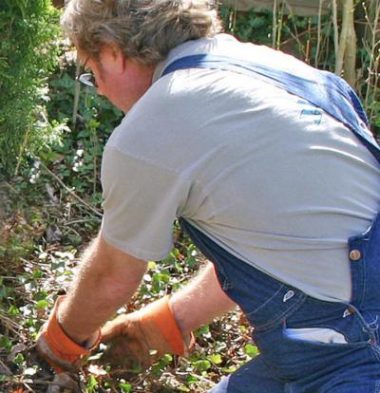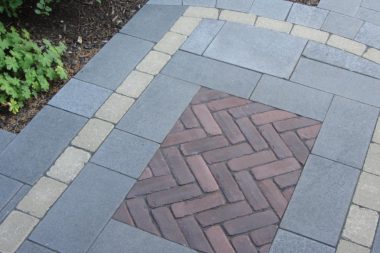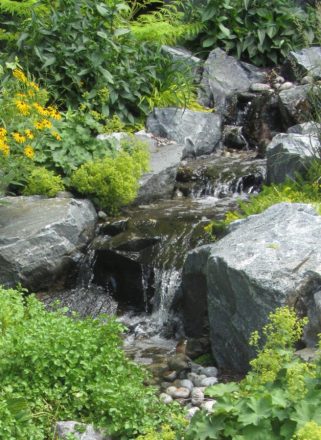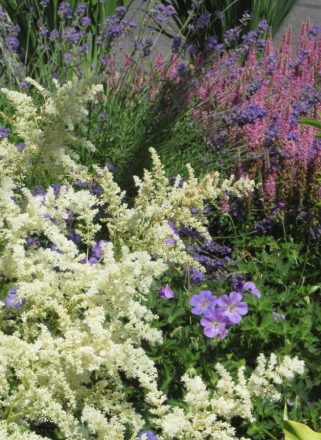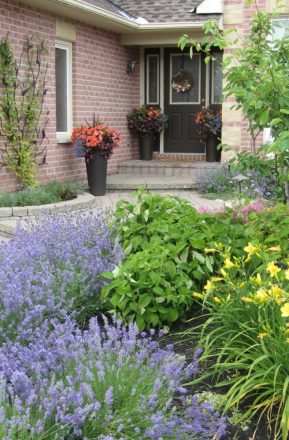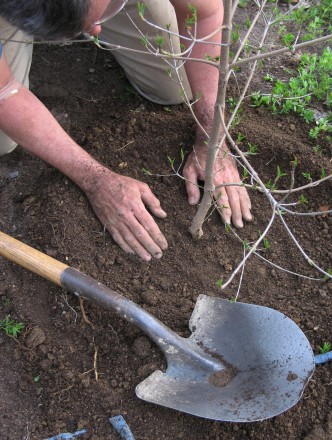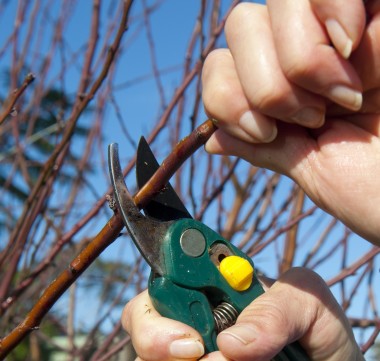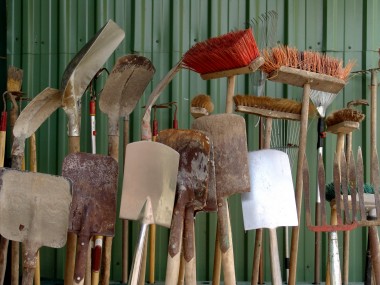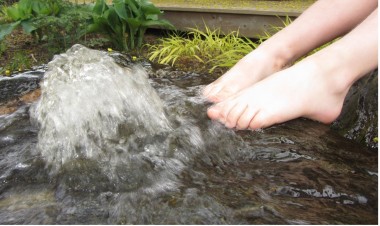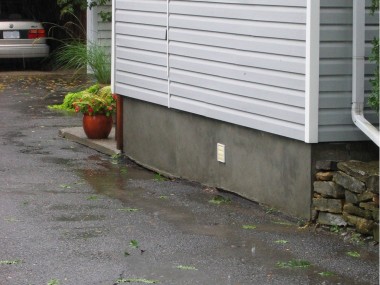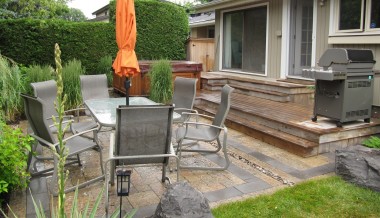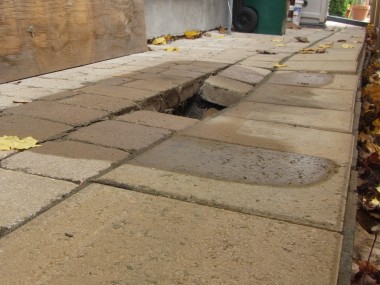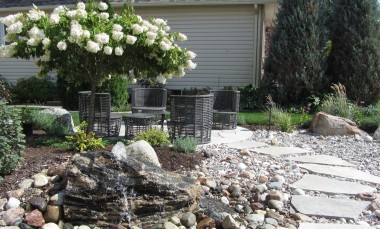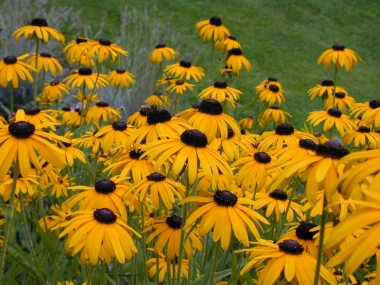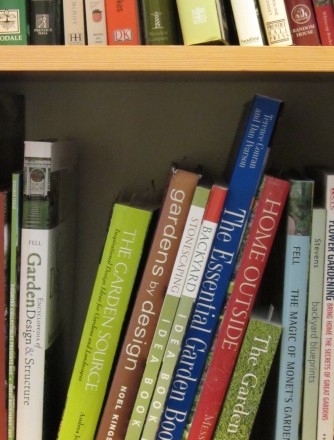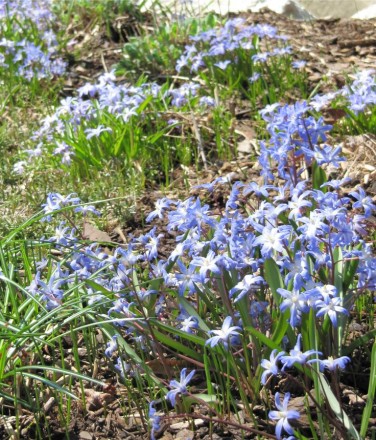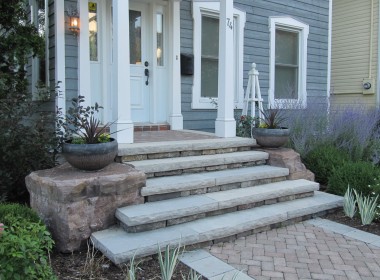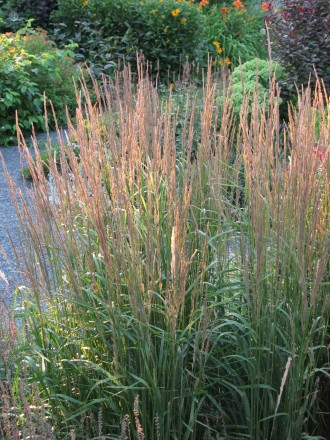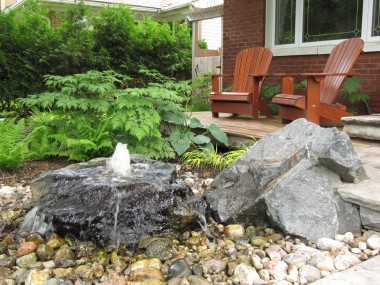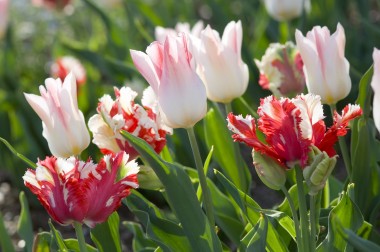By Jay Ladell
Our neighbourhood is going through shock treatment. We leave our houses in the morning for work and school and when we return our world has completely changed.
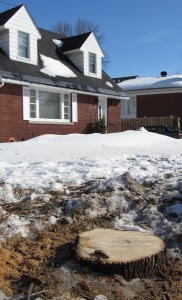 The fully mature ash trees here in Alta Vista are coming down. Not just one or two, but a dozen and more off every street, leaving the fronts of bungalows and two-storey homes exposed like never before, all because of the Emerald Ash Borer invasion.
The fully mature ash trees here in Alta Vista are coming down. Not just one or two, but a dozen and more off every street, leaving the fronts of bungalows and two-storey homes exposed like never before, all because of the Emerald Ash Borer invasion.
And we aren’t the only ones. According to the city, there are 75,000 ash trees on Ottawa streets and in city-owned parks and 150,000 along the edges of city-owned natural sites. And while some are being treated, most are being taken down.
While some neighbourhoods may only see a few trees disappear, our pocket of Alta Vista is watching its signature – streets defined by huge canopies of dense ash branches in winter and beautiful green leaves in summer – completely disappear. There are a few non-ash trees remaining, and the city has planted new ones – oaks, maples, elms, flowering crabs, honey locusts, and more – but they are just babies and barely visible.
Naked is how one neighbour described the look here last week after taking his dog for walk.
Yes, I understand that many find this scary. Trees are really vital to the feel and the look of this neighbourhood where ash once ruled. Their disappearance completely transforms the landscape.
But I also see this as a great opportunity, a chance to finally rethink the way we Canadians see our front yards and our neighbourhoods. And I get excited when I imagine what the future might hold if we open up to new possibilities.
We have a chance to transform the way we understand the greenspace in our front yards and how we use it. Yes, when this summer comes, these front yards will be little more than miniature mowed grasslands, those lawns so many have habitually leaned on.
But what can it look in 10 to 15 years? What should it look like?
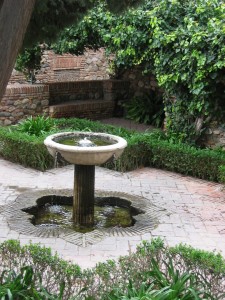 This is about thinking beyond the four walls of our houses and about how to create space in the front yard as living space. Travel through Southern Europe and you’ll know what I mean. You will see courtyards function as the central hub in traditional Italian, Spanish and North African houses around the Mediterranean. It is a space where the private house and the public space meet. There is no reason why we can’t adopt some of those courtyard ideas here for the five or six month of the year when we can get outside.
This is about thinking beyond the four walls of our houses and about how to create space in the front yard as living space. Travel through Southern Europe and you’ll know what I mean. You will see courtyards function as the central hub in traditional Italian, Spanish and North African houses around the Mediterranean. It is a space where the private house and the public space meet. There is no reason why we can’t adopt some of those courtyard ideas here for the five or six month of the year when we can get outside.
What I’m talking about is creating a semi-private space out front of our homes that transitions to public space and serves as a bridge with your community. I see porches and other sitting areas where you can sit with friends and watch the world go by, or relax with a book and watch your kids ride their bikes up and down the street. It is also a space where you see neighbours and can talk to them as they walk by with their children or pets, and where they or their children feel welcomed.
And, yes, this includes a return of trees, just as the city is doing, ensuring more biodiversity than before so we can avoid the devastation caused by diseases that attack one species, like today’s Emerald Ash Borer or the Dutch Elm Disease of years ago.
But front yards can incorporate many things, like pathways, structural shade elements, space for wildlife, and simple water features to add a beautiful, relaxing sound – that can help disguise white urban noise.
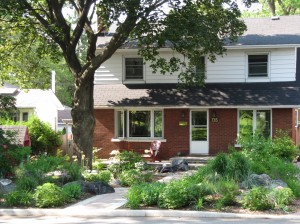 A garden is a lot more dynamic than a lawn. You have more textures, more layers, more depth. I see plants and shrubs that bring in a whole range of beautiful colours, rocks adding texture and even opportunities for kids to play. You can create a view from inside the house that invites you outside. Maybe you have a neighbour you don’t want to look at, but another neighbour whose yard you really like. You can selectively crop the view. You can change the amount of light that comes inside the house. And all of this, once it has had time to mature, takes a lot less work to maintain than a lawn.
A garden is a lot more dynamic than a lawn. You have more textures, more layers, more depth. I see plants and shrubs that bring in a whole range of beautiful colours, rocks adding texture and even opportunities for kids to play. You can create a view from inside the house that invites you outside. Maybe you have a neighbour you don’t want to look at, but another neighbour whose yard you really like. You can selectively crop the view. You can change the amount of light that comes inside the house. And all of this, once it has had time to mature, takes a lot less work to maintain than a lawn.
And people will notice. When I first started to garden in Toronto years ago I met countless neighbours by being outside gardening. And then others started to do gardening and landscaping out front. It creates pride in the community, and a sense of place.
I think we cheat ourselves sometimes when we upgrade our house by not recognizing that half our property, half our living space is outside in the summer.
And I know we only have four to five months where we really are going outside, but I think that is why we value those days outside much more. And when we come out of hibernation I can’t think of anyone, except for on the hottest days, who would want to spend a glorious June summer day inside.
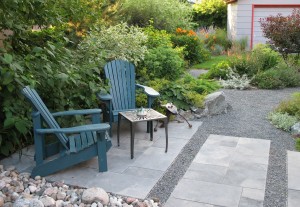 Of course, it can take ten to twenty years for trees and large shrubs to grow. But there are quick and easy things that can be done to smooth the transition, like adding fast-growing shrubs and seven-foot tall ornamental grasses that can help fill spaces sooner.
Of course, it can take ten to twenty years for trees and large shrubs to grow. But there are quick and easy things that can be done to smooth the transition, like adding fast-growing shrubs and seven-foot tall ornamental grasses that can help fill spaces sooner.
Any like any renovation or adjustment to your property, where you’re increasing your living space, this does require an investment of time, energy, money, including if you want an expert’s help.
But that doesn’t mean we can’t start now. Take some time to discover your front yard and imagine what you want it to be. It doesn’t cost anything to start the process. It doesn’t cost anything to go through magazines. It doesn’t cost anything to look at pictures on the internet, or to visit other neighbourhoods. It doesn’t cost anything to imagine a better future.

